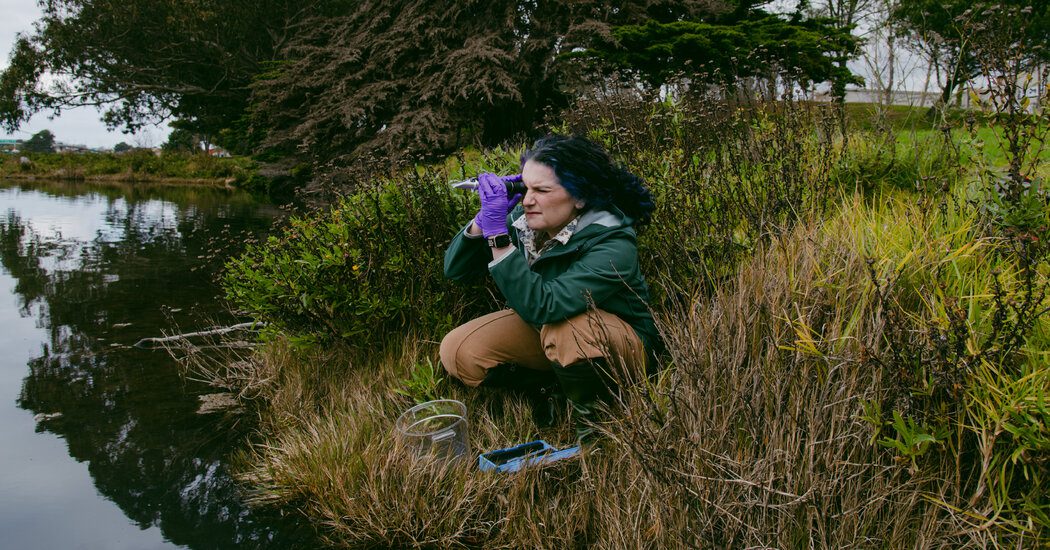

On December 2, 2010, Felisa Wolfe-Simon addressed an eager audience at NASA Headquarters in Washington, D.C., with television cameras capturing the moment. “I’ve led a team to discover something I’ve pondered for many years,” Dr. Wolfe-Simon began, at that time a visiting researcher with the U.S. Geological Survey. Her presentation drew significant attention from journalists and online bloggers, with some notably sporting tinfoil hats, as buzz surged across emerging social media channels.
Just days earlier, NASA had hinted at an “astrobiology finding that would significantly impact the search for extraterrestrial life.” This statement fueled rampant speculation that the agency had uncovered evidence of alien existence.
While Dr. Wolfe-Simon did not claim to have discovered aliens, she shared groundbreaking findings related to a unique organism from Mono Lake, a highly saline body of water located near Yosemite National Park. This lake, with a pH level similar to that of household glass cleaner, is also notoriously rich in toxic arsenic.
Traditionally, all known forms of life rely on six key chemical elements to sustain their biological processes, one of which is phosphorus. However, Dr. Wolfe-Simon’s team identified an organism capable of substituting arsenic for phosphorus, challenging our understanding of life’s biochemical foundations.








